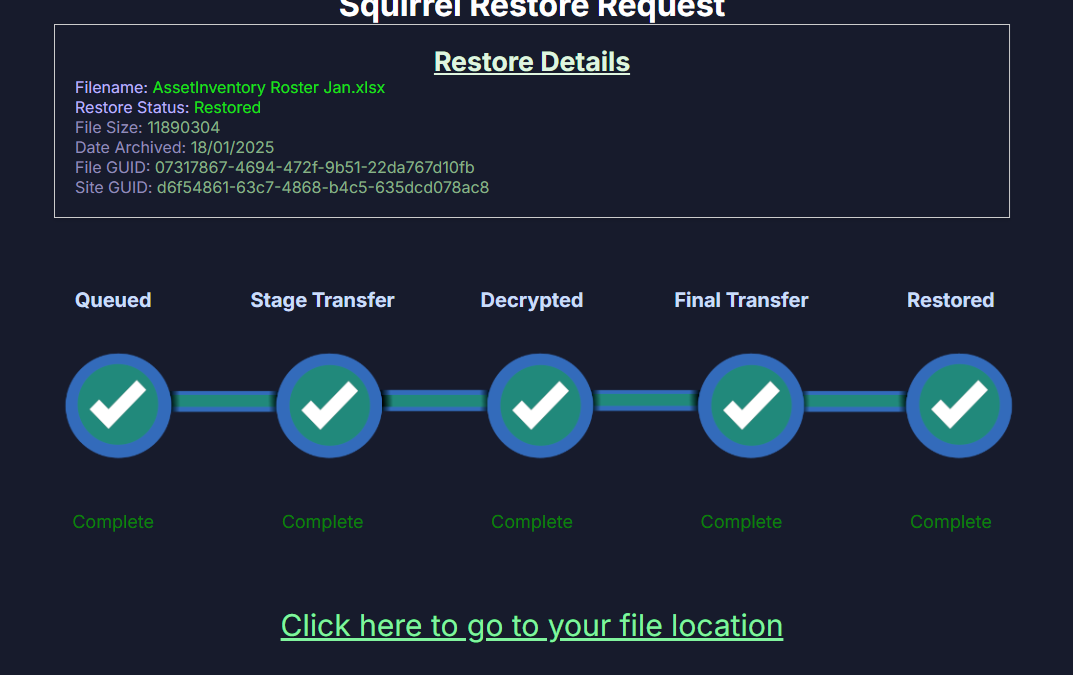Planning a SharePoint Migration? Here’s How to Prepare — And What Comes Next
Migrating to SharePoint is a major milestone in any digital transformation strategy. While SmiKar doesn’t provide migration services, we support organizations before and after migration with tools that enhance performance, reduce storage costs, and simplify SharePoint management.
Common SharePoint Migration Challenges
Organizations migrating to SharePoint often encounter several key challenges:
- Data Integrity: Avoiding data loss during the move.
- User Adoption: Ensuring your team is ready for the switch.
- Cost Management: Preventing unnecessary SharePoint Online storage costs.
Pre-Migration Best Practices
- Audit your existing environment — know what you’re moving.
- Classify your data — archive what’s inactive, migrate only what’s needed.
- Define your structure — plan your SharePoint architecture.
- Test and validate — catch issues before full rollout.
- Educate your users — prepare your workforce for change.
Post-Migration Optimization Tools
Once your data is in SharePoint, the real work begins — managing costs, improving performance, and keeping everything secure. That’s where SmiKar’s tools help:
- Squirrel: Archive old or inactive SharePoint documents to Azure Blob to reduce storage costs and improve site performance.
- Storage Explorer: Visualize your SharePoint usage by site, file size, and age — and generate cleanup reports instantly.
Your SharePoint Journey Doesn’t End at Migration
Migration is only the beginning. To make the most of SharePoint, you’ll need to:
- Train your users to take advantage of new capabilities.
- Monitor costs and site growth regularly.
- Implement retention and archiving policies to prevent future sprawl.
Get a Demo or Trial
Ready to optimize your SharePoint environment after migration? Request a free demo or proof of concept for Squirrel or Storage Explorer today.
SharePoint Storage Explorer
Gain insights in to your SharePoint Online Storage Consumption
Download our completely FREE TOOL
Send download link to:
FAQs About SharePoint Migration and Post-Migration
- Does SmiKar perform SharePoint migrations? No. We provide tools that help with SharePoint optimization after you migrate.
- Can I reduce costs after migrating to SharePoint? Yes — tools like Squirrel can archive old files to cheaper storage tiers, saving you money.
- How do I see what’s taking up storage in SharePoint? Use our SharePoint Storage Explorer to view site-level analytics and generate reports.
- Is my data secure when archived? Absolutely. Squirrel encrypts files both at rest and in transit.

